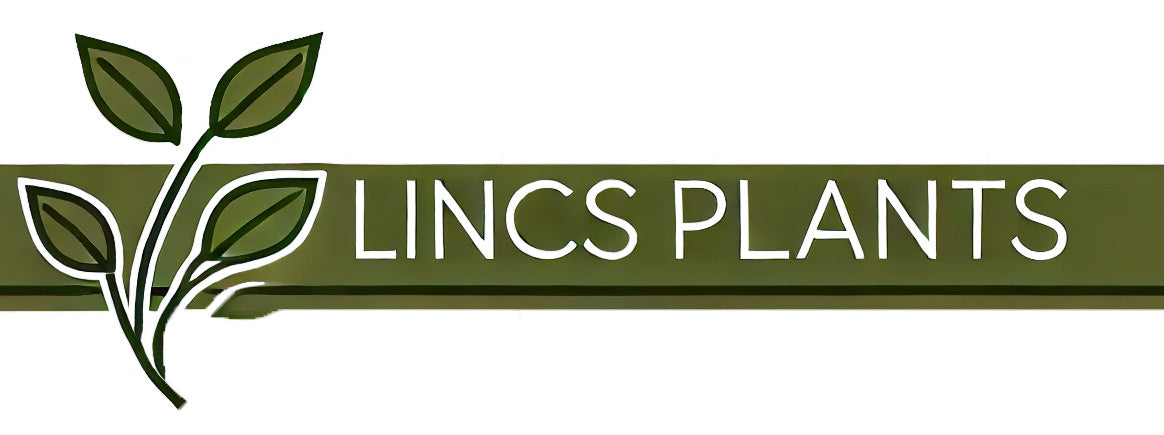Hedges are an excellent way to create natural boundaries, provide privacy, and add structure to your garden. Planting hedging at the right time is crucial to ensure healthy growth and long-lasting greenery. Whether you’re establishing a new hedge or adding to an existing one, understanding the best time to plant hedging will give your plants the best start.
In the UK, the climate plays a big role in determining when to plant hedges. Timing depends on the type of hedge you are planting—whether they are bare-root, root-balled, or container-grown—and the seasonal weather conditions. Here’s a guide to help you choose the perfect time to plant your hedging for optimal results.
The Best Time to Plant Bare-Root and Root-Balled Hedges
For bare-root and root-balled hedging plants, the best time to plant is during the dormant season, which runs from late autumn to early spring. Specifically, November through March is ideal for planting these types of hedges, as the plants are dormant and not actively growing. This gives them time to establish their root systems before the warmer growing season begins.
Why Late Autumn to Early Spring?
- Cool temperatures: In the cooler months, the plants are less stressed by heat and can focus on developing strong roots rather than supporting top growth.
- Moist soil: The ground is typically moist in autumn and winter, making it easier to dig and providing the right conditions for roots to establish quickly.
- Dormancy period: Planting when the hedge is dormant reduces the risk of transplant shock and encourages root development during a time when the plant isn’t focusing on top growth.
Bare-root and root-balled hedges are often more affordable and available in a wide range of species, including beech, hawthorn, hornbeam, and privet. They are also easier to plant and transport compared to container-grown varieties.
The Best Time to Plant Container-Grown Hedges
Container-grown hedges offer more flexibility when it comes to planting times. These plants are sold with their roots already established in soil, which means they can be planted at any time of the year, as long as the ground is workable. However, there are still some considerations to keep in mind for optimal results.
Ideal Planting Times for Container-Grown Hedges:
- Spring (March to May): This is an excellent time to plant container-grown hedging, as the plants will have the entire growing season to establish their roots. Warmer temperatures and increasing sunlight encourage active growth, and the risk of frost is minimal.
- Autumn (September to November): Planting in autumn allows the hedge to establish roots in the still-warm soil before winter arrives. As with bare-root and root-balled plants, the cooler, wetter conditions are beneficial for root establishment without the stress of summer heat.
Avoiding Extremes:
- Summer: While it’s possible to plant container-grown hedging in summer, it requires careful watering and protection from heat, as the roots may struggle to establish in dry soil.
- Winter: If the ground is frozen or waterlogged, avoid planting. It’s better to wait until milder conditions return to give your hedging the best chance to thrive.
Planting Tips for Success
Regardless of the type of hedge or the time of year you choose to plant, there are some general tips to follow to ensure successful hedge establishment:
-
Prepare the Soil: Dig a trench or individual holes depending on the type of hedging you’re planting. The soil should be loosened and mixed with organic matter, such as compost or well-rotted manure, to improve drainage and fertility.
-
Spacing: Be sure to space the plants according to the species and your desired density. Most hedges should be planted with about 30-60 cm (1-2 feet) between each plant.
-
Watering: Water thoroughly after planting to help the soil settle around the roots. Newly planted hedges will need consistent watering, especially during dry periods, to encourage root establishment.
-
Mulching: Apply a layer of organic mulch around the base of your hedging plants to retain moisture, suppress weeds, and protect the roots from extreme temperatures.
-
Shelter from Winds: If planting in an exposed area, consider using windbreaks or stakes to protect young hedges from strong winds, which can cause damage or dry out the plants.
-
Pruning: Light pruning after planting helps to promote bushier growth and encourage the hedge to establish itself.
Choosing the Right Hedge for Your Garden
The best time to plant also depends on the type of hedge you choose. Some popular hedge plants for UK gardens include:
- Evergreen hedges: Laurel, privet, yew, and box are great choices for year-round greenery and privacy.
- Deciduous hedges: Beech, hornbeam, and hawthorn lose their leaves in winter but provide a beautiful, structured look during the growing season.
- Native hedging: Native species like hawthorn, blackthorn, and hazel support wildlife, providing food and shelter for birds and insects.
Final Thoughts
Planting hedging at the right time is crucial for ensuring your plants establish well and grow into healthy, robust barriers. Bare-root and root-balled hedging is best planted from late autumn to early spring, while container-grown hedging offers more flexibility but performs best when planted in spring or autumn. With the right care and attention, your hedging will grow strong, providing years of privacy, wind protection, and beauty in your garden.
Happy planting!


